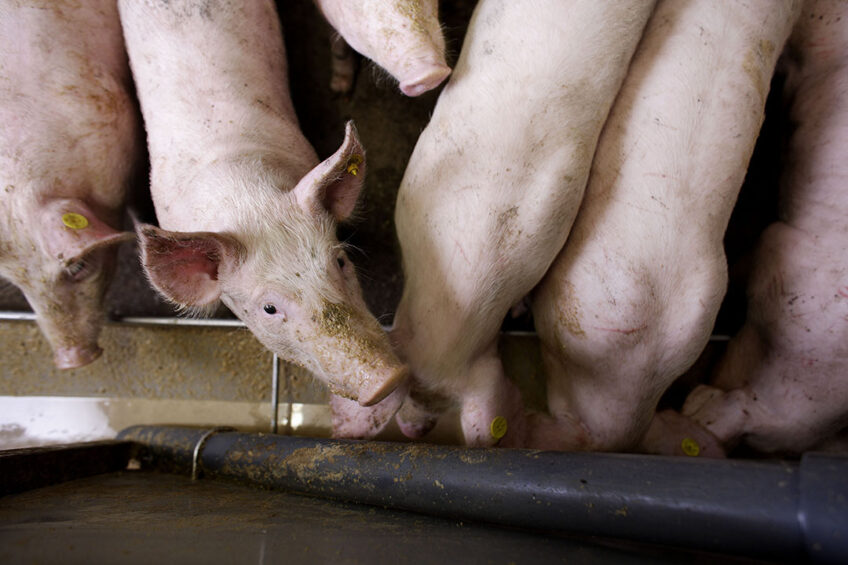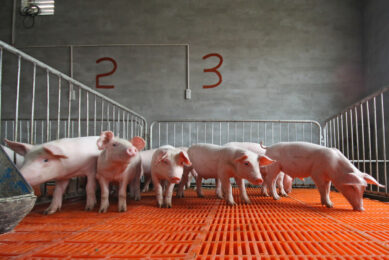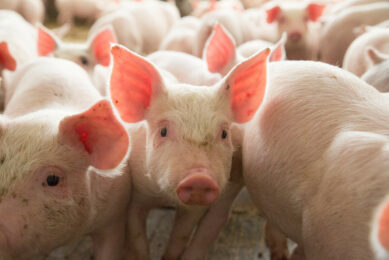3 things to consider when using feed combination products

Throughout her career, Dr Casey Bradley has had the unique opportunity to be at the forefront of feed ingredient technologies. Feed combination products such as saponins and polyphenols continue to pique her interest.
Nutrition is an ever-evolving field, no matter the species. But today’s laboratory tools have accelerated the understanding of different naturally occurring compounds, such as saponins and polyphenols. Early in my career, yucca schidigera was one such ingredient that caught my attention and that I have utilised to reduce ammonia production.
Connecting the gut-health axis
Thus, when DPI Global, a leader in saponin technologies, introduced a new product for the poultry industry this year, it caught my attention. The new product takes the advantages of saponins and combines it with polyphenols. But if you dive into the market, several product options are available that utilise both of these technologies. While these products are more heavily marketed toward the poultry industry, they also offer opportunities to the swine industry. It is quite apparent that the feed additive industry is moving away from just enhanced nutrition or digestibility but connecting the gut-health axis.
If you compare saponins and polyphenols, not all products are as effective due to the other sources or forms
Considering Combination Products…
1. What are the performance values of the single ingredient within your system?
We can continue with the example of saponins combined with polyphenols, as ammonia negatively impacts pigs’ growth performance and health. This advantage is even more significant in nursery diets, whereas pigs are less efficient at digesting and utilising protein. Furthermore, ventilation can also be tighter in nurseries as we are trying to maintain a thermal neutral zone above 25° C. Thus, it is a product I recommend in a programme to use throughout different species. However, if you compare saponins and polyphenols, not all products are as effective due to the other sources or forms.
2. Does the combination product demonstrate an improvement over the single ingredient?
In the past, I have written several pieces on combinations, and my research programmes at my previous employer(s) have focused on synergies of different feed additives. But it is important to note that 1 plus 1 does not equal 2 in most cases. But on rare occasions, such as PMI’s Ambitine product, it may equal 4 or more times the improvement.
3. Do you need the added benefits?
I mention this as the last decade has been full of research around improving nitrogen metabolism, anti-oxidant stress, and health in swine. Have you discussed these different strategies or even researched them in your environments? Your nutritionist may have already laid the groundwork for these opportunities with your current formulations. Still, having other opportunities available in unpredictable market conditions like today is always essential.
Different strategies
Wrapping up, I am excited to see companies like DPI continue to innovate for the animal nutrition industry. It will become essential to have different strategies that enhance performance, health, and our environment. Similar to the bacteria and diseases that continue to evolve to survive, our swine nutrition programmes need to as well.











